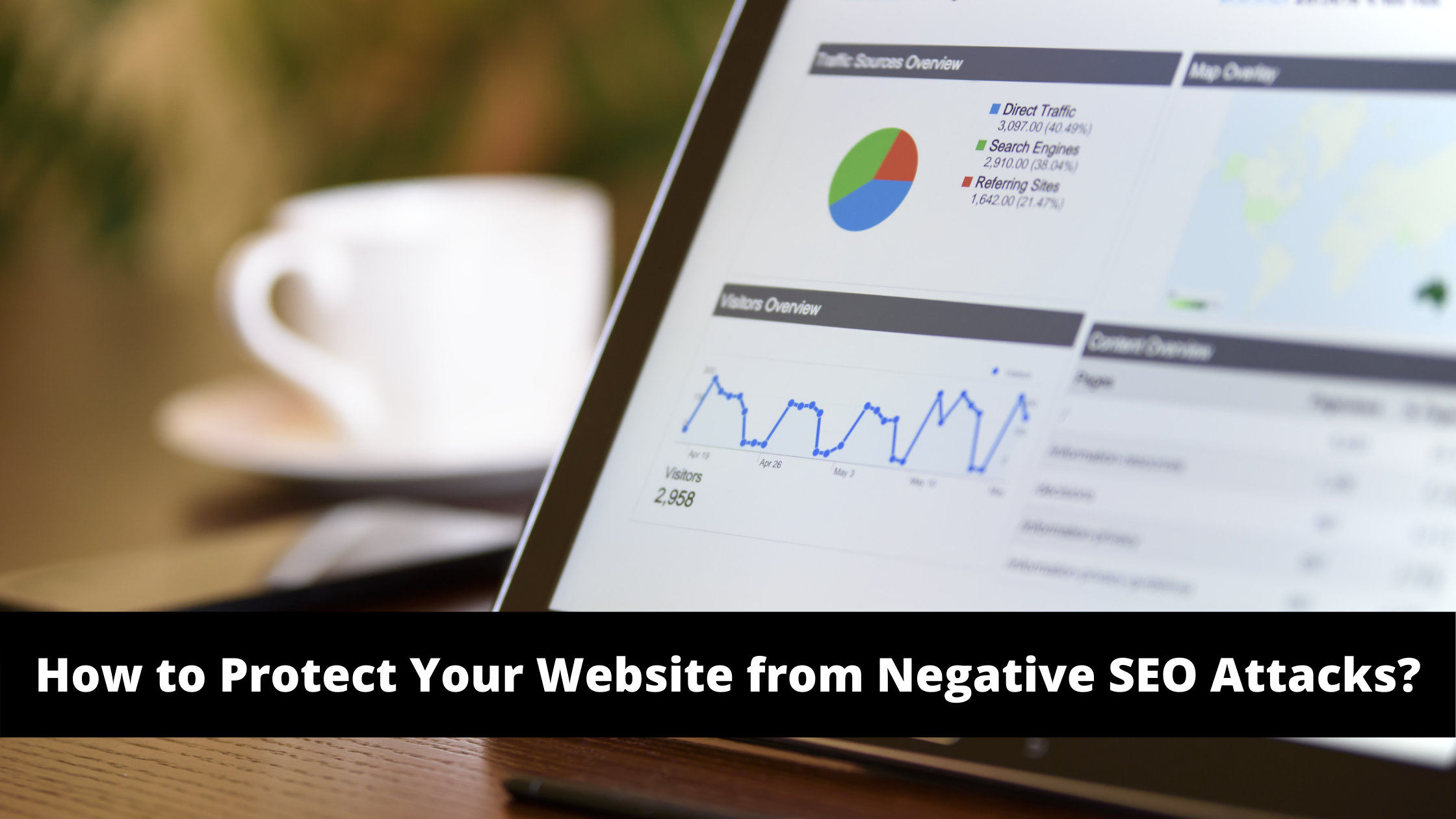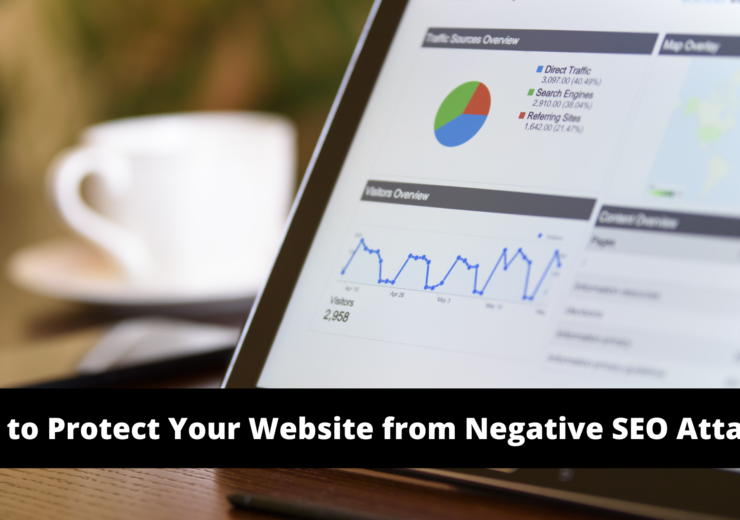How to Protect Your Website from Negative SEO Attacks?

Have you recently felt that your website is loading slowly or crashing often? Are you confused why your site is suddenly getting visitors from unusual referrers? Did you ever think why your site getting a lot of bad online reviews or it has dropped several spots in search rankings?
All these unwanted situations might be the result of a negative SEO attack. The SEO industry has undergone a major transformation over recent years which has forced people to change their strategies dramatically to rank high. To keep up with the competition, sometimes people cross the line. The concept of negative SEO has emerged to cut down that competition unethically.
What Is Negative SEO?
It is an act of using black hat SEO and unethical techniques to sabotage websites to sink their search engine rankings. The term ‘black hat SEO’ refers to aggressive tactics that violate Google’s or any other search engine’s terms of services. Unfortunately, it is surprisingly easy to make other sites look guilty of using black hat SEO.
How Serious is the Danger?
Have no doubts, negative SEO holds the power to destroy the hard-earned search rankings that might have taken you weeks, months, and years to build. As there was a sudden rush of these attacks, protective measures were implemented to hinder them. Black hat SEO tactics are not easy to execute these days. The professional world of SEO looks down upon these practices as serious crimes but there are still digital marketers who resort to such techniques to reach a higher position.
Preventing negative SEO attacks is easier than mending them. If you search the term “negative SEO” on Fiverr, you will find more than 15,000 people ready to do the work at a cost as low as $5. They even share experiences of how they have succeeded in ruining websites.
Although Google has come up with disavow tool that helps in dealing with such attacks, you must be cautious while using it. Moreover, the tool takes 2-4 weeks to be effective. And you cannot afford to have your website penalized for a month. It is better to safeguard your website before it is too late.
1) Lookout for Traffic Spikes with Google Analytics
There are a lot of welcoming factors that result in spikes in website traffic, like an online sale or a catchy social media campaign. But when you notice an unexpected surge, there ought to be something wrong. It is a classic warning sign to check for negative SEO.
A common practice is to spam blogs, forums, and comment sections with low-quality links to your website. This will make you look guilty when google tracks the link, and you will be penalized for spam you did not do.
The good news is google analytics lets you track visitors. When you are checking the performance of your website, do not just look for the number of daily visits. You need to scrutinize the traffic you are getting from referrals, paid advertisements, SEO, email, and other marketing methods you are using. Any unexplainable traffic means your website is in danger. You can ask for a referrals report to figure out the origin of such traffics.
2) Secure Your Best Backlinks
It has often been seen that spammers try to remove the best backlinks from your website. This can highly affect the reach of your website. Apparently, it is not very hard to do that. They simply contact the backlink webmaster, pretending to be you, and request them to remove the highest-yielding link.
What you can do to prevent such identity issues, is that when you contact the webmasters do not use your personal email address. The email address should be a representation of your domain to keep in check negative SEO. You can only protect your backlinks if your website is secured. If you have an account in WordPress, make sure to install the Google authenticator plugin, so that you can enable two-step verification (2FA) password. Every time you log in to your website, there will be a code sent to your authorized mobile number or email, restricting others from snooping around.
3) Search for Duplicate Content Routinely
The heart of good SEO is quality content. The websites that put effort to deliver unique, relevant, and valuable content consistently, rank higher in search engines. Google rigorously frowns upon websites that cannot provide authentic content.
However, the unethical competitors turned this unlikability into another negative SEO tactic. They have found ways to make your intricately woven content look like a duplicate. They thoughtfully “scrape” your content and post it onto innumerable junk domains. This stands out to be a grave problem for newer websites. If Google identifies the content on junk domains before your website comes to notice, you will lose the SEO value.
Do not worry, there are tools that allow you to check if the content you have posted exists on any other website. If you find something similar, report it to the site’s webmaster and request them to remove it immediately. Another way to get back your claim is by filling out Google’s copyright removal form.
With the competition growing, the SEO industry gets a little heated from time to time, attracting such unscrupulous measures. Black hat tactics are not meant to lift a website’s ranking but aim to sabotage the competitors. The damage can be highly diminished by detecting such attacks in their early stages and correcting the errors.



